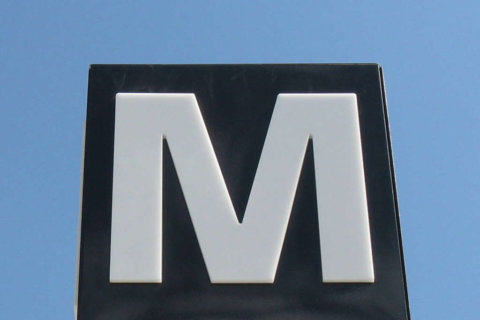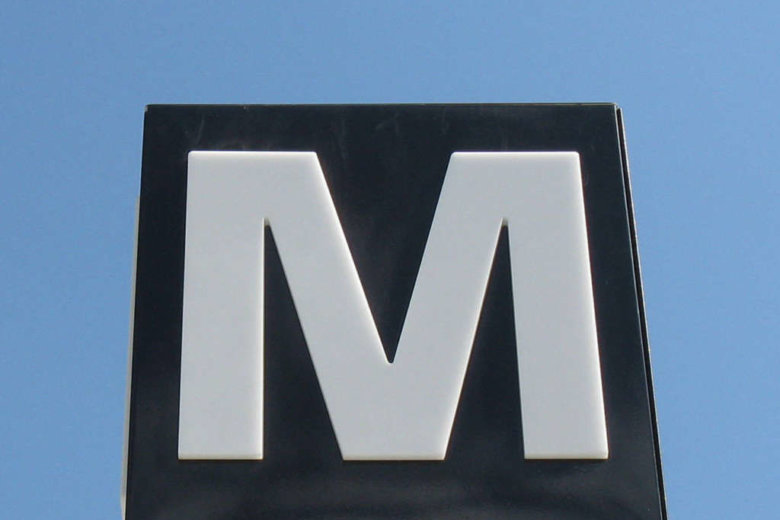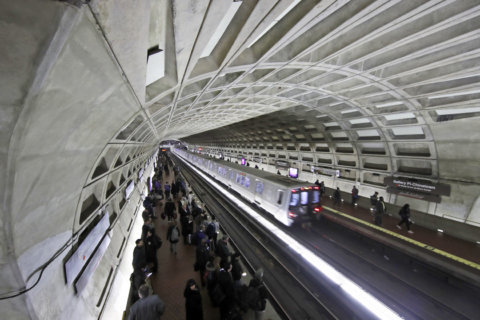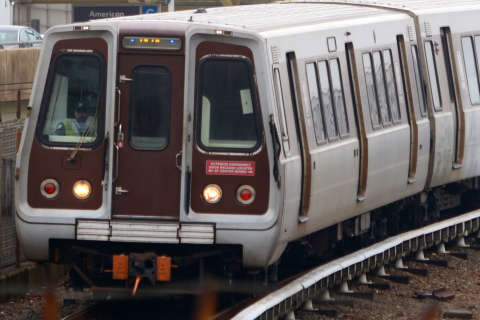
WASHINGTON — Metro’s initial 13 months of 24/7 track work had some major accomplishments, but a final federal oversight report finds some pieces of the program that Metro called “SafeTrack” left a lot to be desired.
The Federal Transit Administration’s final project management oversight report notes that SafeTrack successfully replaced 95 percent of the system’s defective rail ties, leaving about 2 percent (4,000) remaining across the system, but that planning failed to account for how bad the tracks were to start with.
That led to problems getting enough materials to do the work, and to the rapid expansion of the program including more shutdown areas than initially planned.
“Although WMATA knew that segments of track needed repair and rehabilitation, WMATA was not fully aware of the extent of the state of disrepair of the track. This lack of awareness resulted from incomplete records, lack of thorough analysis of existing … condition data,” said the oversight report, completed by an FTA contractor.
Metro has since been updating its inspection manuals and updated reporting policies.
The schedule was further hampered because Metro failed to include engineers in the planning process until after an initial schedule had been set, Metro’s internal compliance office found.
Underestimating the scale of the project also meant Metro underestimated the size of the team necessary. The FTA report suggests more staff could have helped with external coordination and overall planning.
Had the amount of materials needed for each surge zone been communicated to the procurement department sooner, Metro might have been able to avoid potential material shortages, the report said.
“[I]n spite of this, the small six-person team assembled to manage the $163 million SafeTrack program did a remarkable job,” the report said.
That final budget grew from the initial $119 million estimate due to $38 million in added surges and expanded shutdowns and $6 million in additional materials and labor costs.
“There were indicators that WMATA needs to improve its field management of maintenance activities. Supervisors tended to get too involved in specific tasks as opposed to supervising performance of the entire surge. There was no apparent hierarchy of command and control [management] for field activities,” the report found.
While the oversight team and Metro have worked to address issues identified during the surges that ran from June 2016 through June 2017, two issues remain.
Metro still must develop better standards and testing for concrete grout pads that support the tracks in parts of the system, and specify a testing plan to verify that bolts holding fasteners down in those areas are installed correctly.








